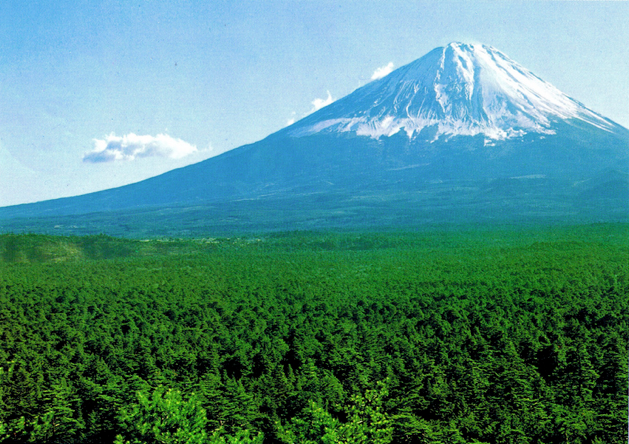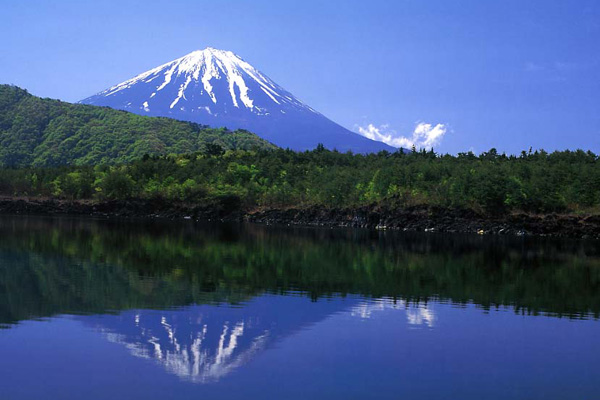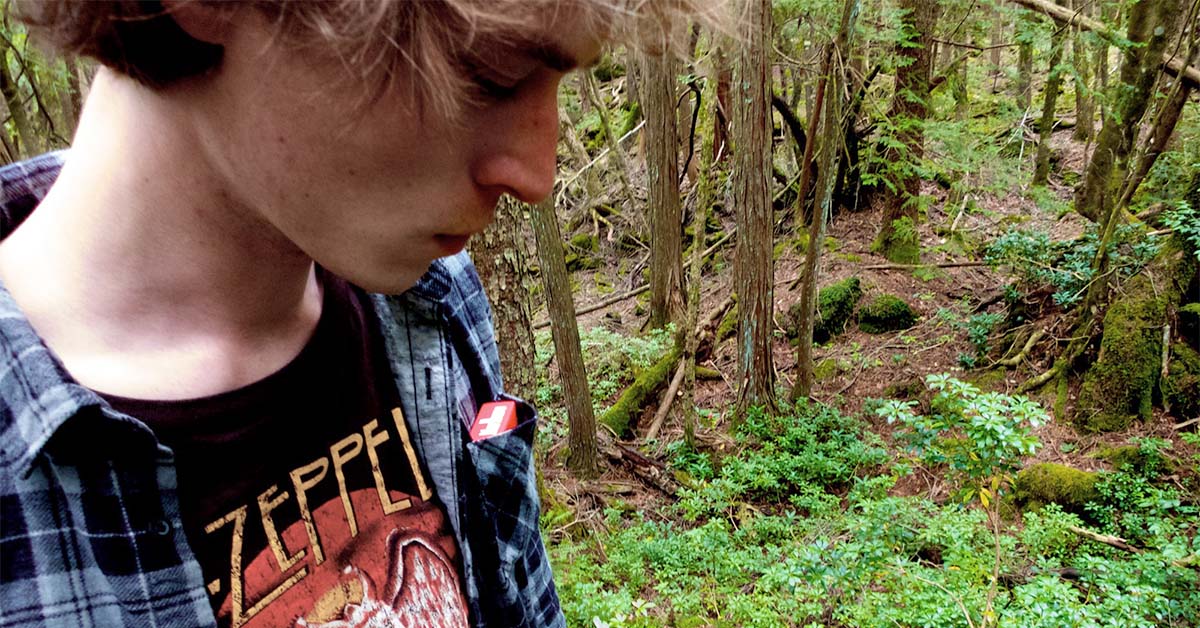Disclaimer: Firstly, there are a lot of images and videos in this post, so I had to break it up into 10 pages to save loading time – you will see the page numbers on the bottom just before the comments section. Secondly, everything written below actually happened, nothing is fabricated.
Lastly, and most importantly, if you’ve happened upon this post and you live in Japan, keep an eye out for your close friends and talk to them if you think they might be having suicidal thoughts; here is a very helpful pdf which details the warning signs of someone who may be suicidal: Suicide First Aid Guidelines For Japan. Also, if you are having suicidal thoughts yourself, try to stay positive and remember that your pain is only temporary once you realise that others can help you – there is help out there. Please talk to your friends and loved ones, if there is nobody who you can trust, please visit the Tokyo Counselling website or the Japan Counseling directory and find a professional to talk to. Life is worth living, if you give it another chance, you might realise that too.
“Meaninglessness inhibits fullness of life and is therefore the equivalent to illness. Meaning makes a great many things endurable – perhaps everything.” – C.G Jung
Contents
- Page 1 – Aokigahara and paranormal activity (the page you’re reading).
- Page 2 – Point of no return – Departing for Aokigahara.
- Page 3 – Caves and graves.
- Page 4 – Thoughts on suicide.
- Page 5 – An omen?
- Page 6 – Splitting up and getting lost. Spooky occurrences in the forest.
- Page 7 – Night falls – Escaping Aokigahara.
- Page 8 – Photos: Morning (Group still together).
- Page 9 – Photos: Afternoon (Group split up).
- Page 10 – Photos: Night (Trying to find our way out of the forest).

1200 years ago, Mt Fuji erupted for ten straight days. For the entire duration it spewed molten lava down its summit and casually layed waste to everything in its path. Many people perished, and a great number of homes were destroyed. Huge amounts of lava pooled up in a large lake at the foot of the volcano and divided it into two smaller lakes; Lake Saiko and Lake Shōjiko. Some time after the lava had dried, trees started to emerge out of the ruins, eventually making way for the 35 km2 forest known as Aokigahara Jukai (青木ヶ原 樹海), which translates as ‘The Sea of Trees’. Few could have predicted the darkness that would continue to surround it.
Today, an average of 100 bodies are found in its depths every year, and many are left undiscovered. Few people enter the forest, and those who do rarely return due to its reputation for having the second highest suicide rate in the world. Sadly, the forest has carried an association with death long before it became a popular place for suicide, as ubasute is believed to have been practiced there, which is an old Japanese tradition where the elderly and sick are carried up a mountain or into a forest and left to die – sort of like the story of Hansel and Gretel, except with old people.
The forest is known by many names: Aokigahara (青木ヶ原), Jukai (樹海), The Sea of Trees, the Suicide Forest, the Cursed Forest, the Black Forest, and finally the locals I asked in Japan called it ‘NOOO, don’t go there!’ while they made the shape of an X with their arms.

If you’ve ever seen The Ring, then you are already familiar with the spooky girl in white rags who scares people to death. She wasn’t a character created specifically for the movie, but actually a century old archetypal image of what an unrested Japanese spirit is reported to look like. These spirits (called Yūrei) are said to haunt Aokigahara forest in large numbers, particularly between the hours of 2 and 3 am: Japan’s ‘witching hour’ – when the veil between the physical world and the spiritual world is at its thinnest. The Japanese strongly believe that if a person dies in a sudden, unnatural or violent manner (such as suicide) then their spirit will turn into a Yūrei. They also believe that if the body is not properly buried, or if the person died with strong negative feelings such as depression or rage, then the spirit will also turn into a Yūrei. For people committing suicide in Aokigahara forest most fit all three criteria: I imagine that someone who wanted to stop living would have died full of rage for the society that gave them so little. Also, many of the bodies are never found and sometimes even gobbled up by wild animals, in other words they’re not given the proper burial they deserve, and there’s no denying they all died unnaturally and or violently.

These ghosts (or demons) are believed to linger around the forest indefinitely and wish to inflict misery on those who enter their turf. Forest rangers, who are faced with the grueling task of searching the forest’s depths and retrieving bodies, have reported hearing high pitched screams and wailing in the otherwise eerily silent forest. It is also said that curses (black magic) have been put on the trees by some of those who have chosen to end their lives – maybe as a final ‘fuck you’ to the world they saw as their prison. Spiritualists believe that the trees themselves are filled with a dark energy from all the death and depression they have absorbed from the volcanic earth it sleeps on.

I don’t have any desire to try and sensationalise my experience in Aokigahara, even though it may seem like it to some. I actually had no intention of writing this piece; this was an afterthought as I felt I had to get the experience off my chest. In all honesty I thought the forest was strange and fascinating, and not just because of its dark history. Everything was mossy and (ironically) full of life, it was also very quiet – at times this was creepy, but at others it was very peaceful. The forest is full of paradox and contrast. It is also physically very different to most forests; it is almost alien. For example, a lot of the trees were rooted above ground and looked as though they would start walking at any minute, while holes and crevices littered the forest floor and allowed its deep underground some air to breathe. Finally, the locals don’t call it the Sea of Green for nothing; the forest was mesmerisingly green, it was very beautiful, especially when you consider the emotions (good and bad) it could evoke in you at any random moment. Now, before I begin telling the story of my unforgettable experience in Aokigahara Forest, I will first point you towards an excellent 20 minute documentary, which shows a Japanese forest ranger detailing his own experience with the forest.
You can also watch the documentary in higher quality here. Once you are done with the incredibly moving documentary above, have a quick break and click next page to read on.
Also, just in case you’re curious, here is Josh’s blog, and here’s David’s blog. These were my travel companions for the trip.
